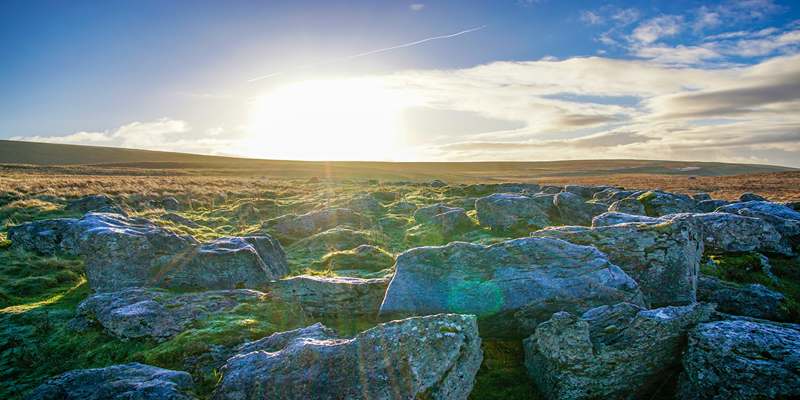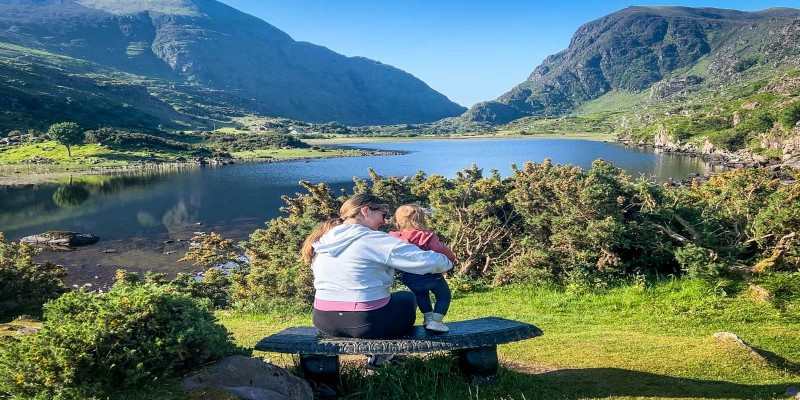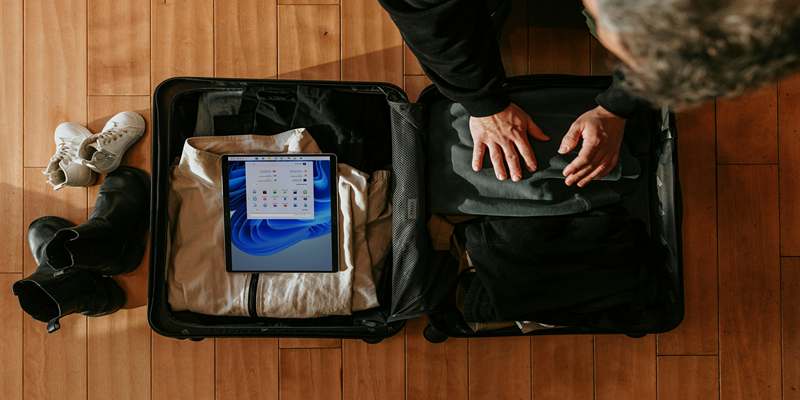America has the best national parks on earth, with a wide range of landscapes and unimaginable experiences. You might be a hiker with the intention of hiking in the Rocky Mountains or an explorer who wants to admire the geysers in Yellowstone, but it is crucial to learn the fundamentals of the rules and safety precautions that make a visit enjoyable and respectful. This guide will guide first-time and devoted travelers to explore these natural wonders and do so in a sustainable fashion. Preparedness, safety, and stewardship are some of the terms the authors use to guide you on the practice of exploring parks without issues. To achieve maximum enjoyment during your national parks travel experience in the US, follow these useful tips.
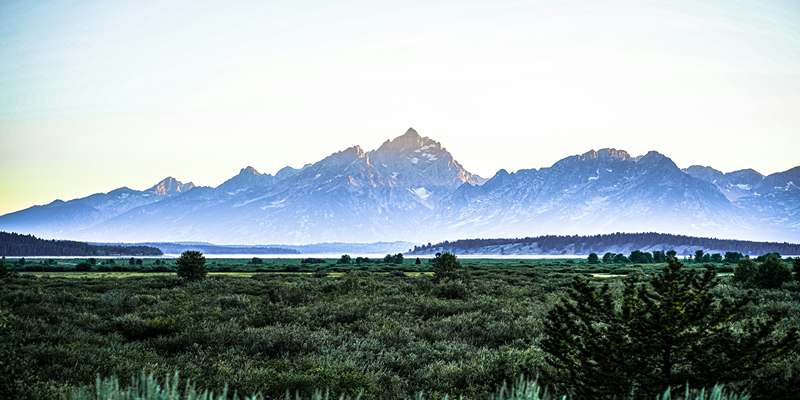
Planning Ahead for a Smooth Park Visit
Choosing the Right Park for Your Trip
The US has more than 60 national parks, each of which has its own unique attributes and considerations. When you are arranging your visit to the US national parks, find out which national parks are related to your interests and physical condition. Do you want mountain hikes, desert views, or calm forests? Take into consideration distance, seasonal weather, and accessibility. Authoritative park websites contain the current information, which can be trusted. The tone of a rewarding experience is created by matching your preconceptions to the surroundings in the park. Do not be too ambitious to reach up to a certain point in disappointment or exhaustion. Rather, limit yourself to one or two parks that will provide you with the desired experiences, and you will feel much more of them.
Preparing Permits, Passes, and Entry Times
In numerous national parks, bookings, entrance tickets, or some special permits are needed. Be careful to see the requirements of the park before entering it to prevent unnecessary complications. Well-known parks such as Yosemite and Zion frequently employ a time-entry scheme during their prime season. Maybe you are camping, backcountry hiking, or have particular plans in mind, but you will need certain permits to enter other than nominal entry. The America the Beautiful pass will be cost-effective in case you plan to stay in several parks. Don't depend on being able to access the internet when you get there; download or print confirmation. Arranging your paperwork ahead of time will save your nerves and will guarantee that you do not break the national park's "do or don't" rules even before your foot is in the park.
Understanding Park Alerts and Seasonal Closures
Natural conditions such as snow, fires, floods, and storms affect parks. Always look at up-to-date alerts prior to visiting. Most parks will report the status of trails, road closures, or dangerous conditions on their websites. In America, go to parks in the off-season. It is good to note that certain facilities or roads are likely to be closed. Even the most visited destinations can have a limited response because of the recovery of the environment, or it will be associated with wildlife. How to check alerts will save your time and guarantee safety. Register to receive email or text notifications through the park, should they be available. This knowledge can be employed when doing planning so that it prevents disappointment and at the same time makes your itinerary flexible and weather-specific.
National Park Dos and Don’ts Every Visitor Should Know
Respect Wildlife and Keep a Safe Distance
One of the top rules in any national park dos and don’ts guide is never to approach or feed wildlife. Wild animals can be unpredictable and dangerous. For your safety and the health of the animals, maintain the recommended distance—often at least 100 yards for bears and 25 yards for other animals. Use binoculars or zoom lenses for observation. Feeding wildlife alters their natural behavior and puts them at risk. Always store food properly in bear-proof containers or lockers where required. Following these guidelines ensures a more respectful and safer experience while visiting America’s parks.
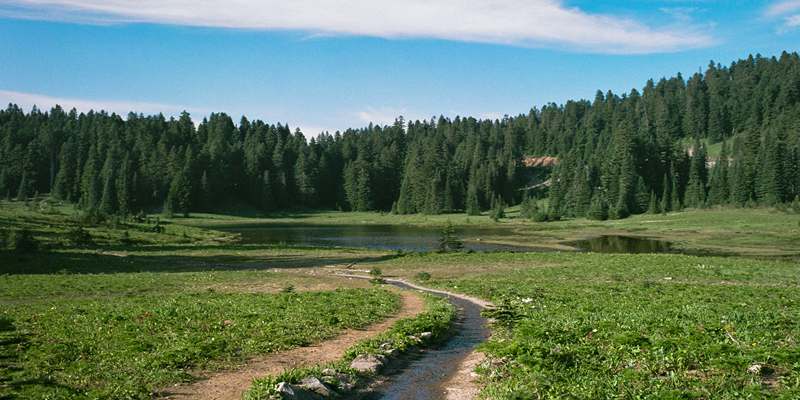
Stay on Trails and Follow Posted Rules
Marked trails exist for a reason—preserving the landscape and ensuring visitor safety. Straying off-trail can damage fragile ecosystems, disturb wildlife habitats, and lead to injuries. Park signs often warn of unsafe conditions, protected areas, or unstable terrain. Always obey posted rules and ranger instructions. Climbing barriers or entering restricted zones can lead to fines and endanger others. While it may be tempting to seek out a unique photo, the risks and environmental damage aren’t worth it. Sticking to designated paths helps maintain the park’s beauty for future visitors while keeping your journey safe and enjoyable.
Leave No Trace and Pack Out Waste
The Leave No Trace principle is a core part of responsible national park travel. Pack out everything you bring in—including food wrappers, tissues, and disposable items. Use marked waste stations when available, and carry a bag for your trash if none exist. Don’t leave litter, even biodegradable items like fruit peels, as they disrupt the ecosystem. Human waste must be managed properly—follow park guidelines for restrooms or waste disposal. The goal is to leave the park exactly as you found it, allowing nature to thrive undisturbed. Respect for these rules makes you a good steward of public lands.
Safety and Etiquette in America’s Parks
Each national park has specific regulations depending on its terrain, wildlife, and visitor volume. Some parks allow dogs on certain trails; others don’t. Drones may be prohibited, and there may be fire bans during dry seasons. Review the park’s rules on its official website before visiting. Rangers can issue fines for violations, even if unintentional. Knowledge of rules helps preserve natural resources and ensures everyone’s safety. Additionally, abide by cultural or historical site etiquette—some parks contain sacred grounds. Respect signs, gates, and barriers to avoid accidental harm or disrespect. Understanding the basics enhances your national park experience.
Conclusion
US national parks offer unforgettable adventures—if approached with care, knowledge, and respect. Following safety tips, staying informed, and practicing good etiquette helps preserve these stunning natural spaces for future generations. From planning your visit to following the national park dos and don’ts, these steps ensure you have a memorable, enjoyable experience while minimizing impact. Whether it’s your first trip or your fiftieth, visiting America’s parks responsibly brings deeper appreciation and a stronger connection to nature. Make the most of your journey by exploring thoughtfully and leaving every trail a little better than you found it.







